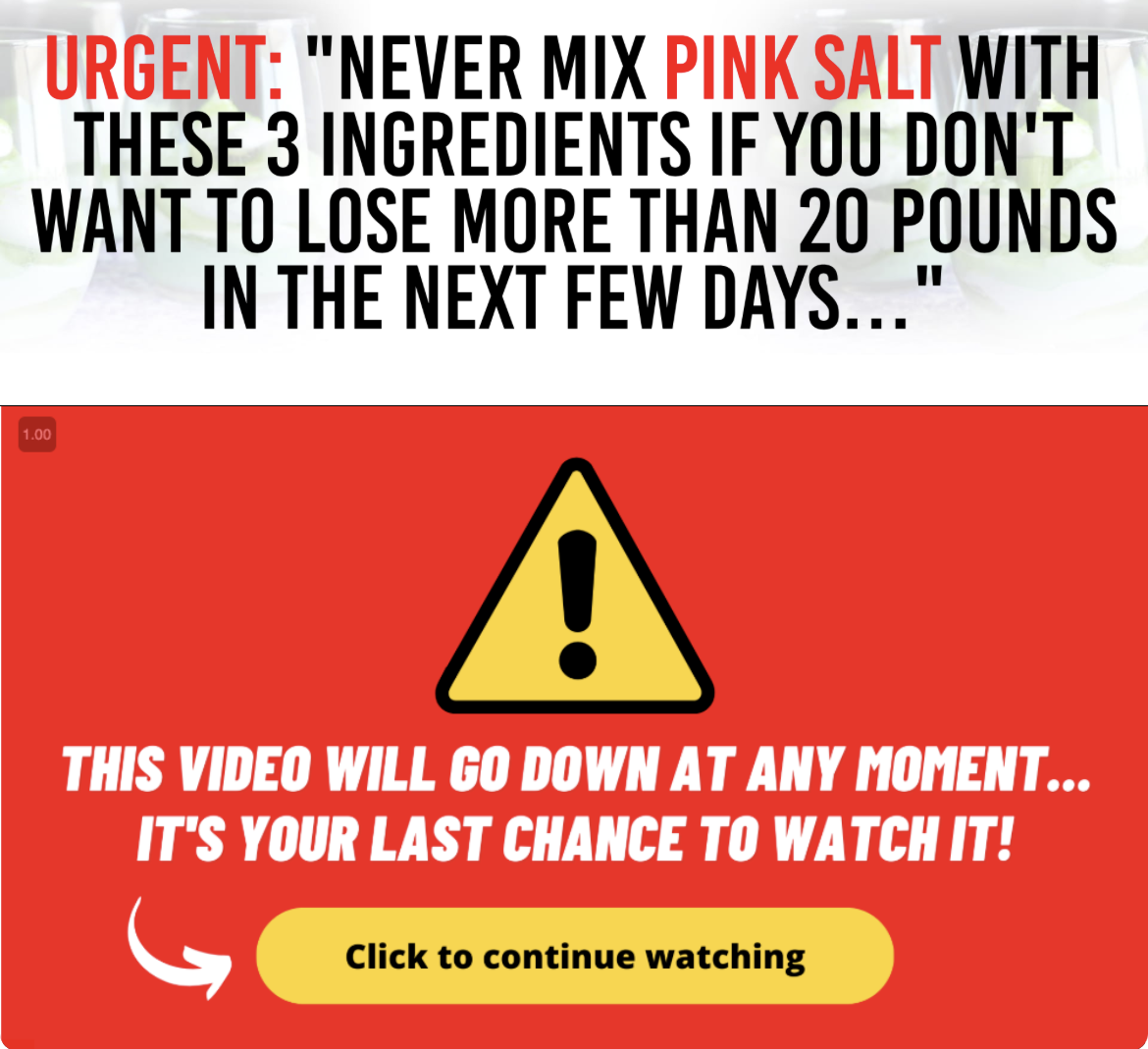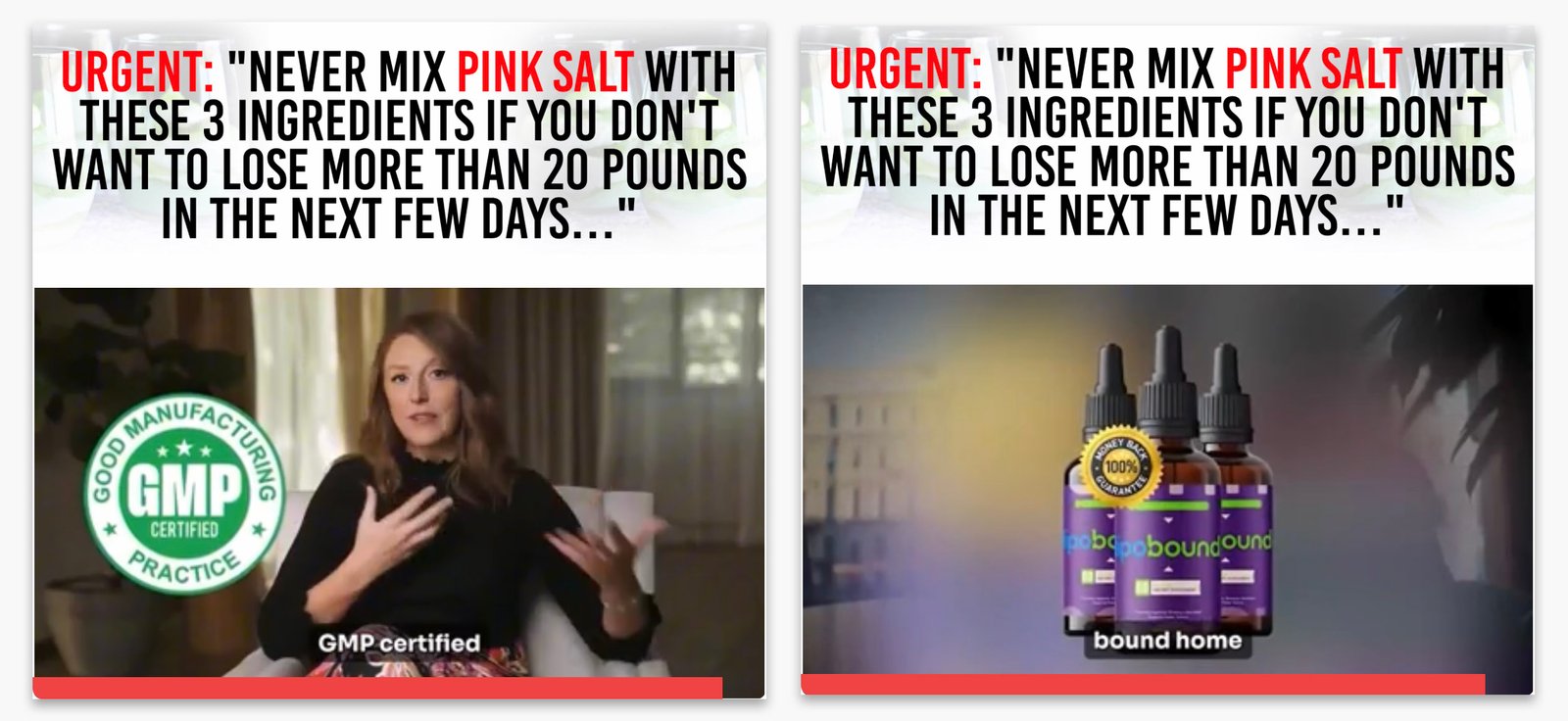The dark side of online income: how scammers are using AI and social media to make millions
You’ve probably seen them: long videos on YouTube or social media promising a “secret recipe” to lose weight, a “trick the banks don’t want you to know,” or a “crypto tip endorsed by Elon Musk.” Most people scroll past, but these scams are multiplying fast. With AI tools and cheap social media ads, scammers are now making serious money.
To understand what’s happening, you need to know:
- How these scams are structured like real marketing funnels,
- Why psychological triggers make them so effective, and
- How AI has supercharged the entire process.
This post breaks down how unethical actors are using the same tactics as legitimate creators and affiliate marketers, but twisting them into money-printing scams.

AI deepfake: She looks credible. The product looks convincing. That’s how the scam works.
(Disclaimer: This is an AI-generated image depicting a fictional character for illustrative purposes. It does not represent a real person.)
The rise of AI-powered scam funnels
Just a few years ago, online scams were easy to spot: sloppy Photoshop jobs and clumsy stock footage gave them away. Now, the picture looks very different. Scammers present themselves as polished, professional, and trustworthy, thanks to a new arsenal of AI-driven tools.
They can deploy deepfakes to impersonate celebrities or medical experts, and use voice cloning to make those figures “speak” with convincing authority. AI-generated avatars and testimonials supply entire libraries of fake success stories at scale, while cheap automated ad targeting pushes these fabricated messages to millions of people, finely tuned to their age, interests, or even health struggles.

Fake science, real deception. These scam videos hijack the credibility of actual institutions: complete with fabricated logos, fake labs, and AI voiceovers. It looks legit: that’s the point.
The result is scams that look almost indistinguishable from legitimate ads.
One example currently circulating is the so-called “pink salt weight-loss trick.” In these videos, a lifelike deepfake of Oprah Winfrey claims she shed pounds thanks to a special pink salt recipe. Two individuals presented as scientists then step in, speaking flawless English while using slick animations of fat cells shrinking to lend credibility. The narrator reinforces the urgency with lines like, “If this video has found you, congratulations,” and, “I don’t know how long this will stay online before Big Pharma takes it down.”
None of it is real, but the polish and detail make it very convincing to many viewers.
How scammers make money (the funnel)
Here’s the real genius (or evil genius) behind these scams: they follow the same funnel structure as legitimate affiliate marketing, just without the honesty.
1. The hook (viral video ad)
The scam funnel usually begins with the hook: a long-form video ad that promises to reveal a hidden “secret,” whether it’s a weight-loss hack, a crypto shortcut, or a miracle cure. The video keeps viewers engaged by relentlessly pressing on their pain points, repeating messages like, “You’ve tried everything and failed, it’s not your fault.”
2. The emotional build-up
From there, the pitch moves into an emotional build-up. Fake authority is used to create trust, often through deepfaked doctors, celebrity cameos, or stolen before-and-after photos. A layer of conspiracy is added with claims such as, “They don’t want you to know this,” and warnings like, “Watch before it’s deleted.”

3. The pitch (affiliate offer)
The pitch usually arrives after fifteen or twenty minutes, when the “free secret recipe” suddenly turns into a paid product. More often than not, it’s a supplement, a dropshipping gadget, or access to a crypto platform, all promoted through networks like Digistore24 or ClickBank, which pay hefty commissions to affiliates.
4. The back-end (subscriptions and upsells)
But the funnel doesn’t end there. On the back end, customers are often signed up for recurring billing or bombarded with upsells ranging from detox pills to gut health boosters. Every step is designed to generate another cut for the scammer.
This is what makes these schemes so effective: they aren’t run by random amateurs, but by savvy online marketers building highly optimized affiliate funnels. The only difference is that while a legitimate affiliate promotes products that actually work, these operators are selling nothing but lies.
Why people fall for It (and what marketers can learn)
The psychology behind these scams is the same psychology that powers many legitimate online income systems. At the core is the promise of effortless results: claims like “Lose 27 pounds in 15 days” mirror the business-world equivalent of “Make $10K a month with no experience.” People are naturally drawn to shortcuts.
Authority bias also plays a major role. When viewers see a familiar and trusted face (whether Oprah or Elon Musk), their skepticism drops. Add in FOMO and urgency with lines like “Only available today, before it’s taken down,” and resistance weakens further.
Finally, relatability seals the deal. Scammers speak directly to the viewer with messages such as “If you’re watching this, it’s because you’re meant to see it,” creating a false sense of personal connection.

False authority meets bait-and-switch: This AI-generated video falsely depicts Dr. Casey Means, who has publicly denied any involvement in the pink salt weight loss scheme. The ad teases a “free pink salt recipe” before funneling viewers into buying a supplement like BurnJaro.
For honest online creators, these tactics aren’t inherently bad: storytelling, authority, urgency, and emotional connection are legitimate marketing tools. But when scammers use them with fake science and fake endorsements, the results are damaging, not just to victims, but to the entire digital marketing space.
What this means for the online income space
If you’re learning how to make money online, it’s important to understand this: the line between ethical persuasion and manipulation is thin.
Scammers like the ones behind the pink salt ad prove how powerful these techniques are. But they also prove something else: trust is the most valuable currency online. Once viewers realize they’ve been tricked, they don’t just blame the scammers: they start distrusting all online ads, even from ethical creators.
So, as online entrepreneurs, the responsibility is clear. We should apply these marketing principles with full transparency, making sure our strategies are rooted in honesty rather than manipulation. At the same time, part of the job is educating audiences to recognize and avoid the fakes, so they don’t fall victim to scams that undermine trust in the entire industry. And above all, credibility has to be earned the hard way, by delivering real value and authentic authority, not by fabricating it.
Final thoughts
The “pink salt” scam may look like nothing more than digital snake oil, but the business model driving it is anything but amateur. It’s sophisticated, profitable, and built on the same mechanics that fuel legitimate online income streams: attention-grabbing hooks, persuasive storytelling, authority signals, and optimized affiliate funnels.
The difference comes down to integrity. Where ethical creators use these tactics to promote real products and deliver genuine value, scammers weaponize the same playbook to sell lies. And AI is raising the stakes. It has made scams look sharper, more believable, and harder to spot, but it has also raised the standard for everyone working online. The creators who thrive in this environment will be those who win trust the right way: by showing real expertise, building long-term credibility, and delivering outcomes that AI tricks can’t fake.
This post is based on a detailed research I published here → Full in-depth analysis
Next in this series
In the next post, we’ll take a closer look at the exact AI tools scammers use to create these deepfakes and fake testimonials, and how ethical marketers are (or should be) using the same tools instead.
🎧
Prefer to listen? This topic is also explored in one of my podcast episodes:
Online Scam Adverts FAQ
Sources:
- Jordan Liles, BurnJaro Review: Pink Salt Trick Recipe and Deepfake Ads, jordanliles.com, March 2025
- MyAntiSpyware Security Blog, Pink Salt Trick Scam Explained, 2025
- Eating Well, Fact Check: Oprah, Elon Musk Did Not Endorse Pink Salt Weight Loss Hack, March 2025
- Better Business Bureau (BBB), Fake Celebrity Endorsements and Subscription Traps in Online Supplement Ads, 2024–2025
- FTC Consumer Alerts, Avoid Weight Loss Scams: False Claims, Fake Photos, and Subscription Traps, 2024
- ACCC (Australia), AI-Driven Deepfake Scams and False Endorsements, nationalconsumer.gov.au, 2025
- ACCC / National Anti-Scam Centre, Targeting Scams: National Scam Activity Report (March 2025)
- Various platform ad policy documents (YouTube Ads Guidelines, Meta Business Help Center, etc.)
Great to have you here! Feel free to leave your thoughts in the comments.
Hello, I’m John Dawson, a graphic designer (for a little while longer) and the writer behind DawsonDecoded, where I share hands-on insights on AI, blogging, social media, and whatever else crosses my mind.”
Get new posts by email when they’re worth sharing.
No spam.
You might like:
Words that are mine
Reading Time: 2 minutesAfter months of writing mostly for algorithms and sales funnels, I stopped obsessing over online income and started writing in my own voice.
Eight months chasing a mirage
Reading Time: 3 minutesEight months in, I’m changing course. I’m going back to casual blogging and stepping away from the commercial / affiliate angle. The pressure’s off, and I finally have my life back.
How to start a blog and find your first readers (part 3)
Reading Time: 9 minutesMake it look and feel professional: pick a lightweight theme, set a basic brand kit, and publish the must‑have pages.
How to fact-check your blog post
Reading Time: 5 minutesFact-checking protects both you and your readers. This simple process allows you to separate facts from opinions, verify claims, and add safeguards so your published content remains accurate, credible, and trustworthy.
Can you still make a living from a blog in 2025?
Reading Time: 5 minutesBetween viral promises and reality, can a blog still generate a viable income in 2025? Here’s what the numbers say.
Blogging with AI
Reading Time: 4 minutesAI can speed up ideas, drafts, and edits, but it should assist rather than replace you. Keep your voice, verify facts, and add your perspective so posts stay authentic and useful.
How to start a blog and find your first readers (part 2)
Reading Time: 8 minutesIn Part 2 of this beginner’s guide, we move from idea to reality by getting your blog online. You’ll learn what domains and hosting actually are, and how to install WordPress in just a few clicks.
From BGE to “Launch to $10K”, Enfroy’s strategic shift signals the end of SEO-first blogging
Reading Time: 4 minutesAs of November 2025, BGE runs as a free masterclass and Enfroy funnels to Launch to $10K. With AI Overviews reducing clicks, commercial blogging is rarely a standalone model anymore.
How to start a blog and find your first readers (part 1)
Reading Time: 6 minutesLearn how to choose a blog niche you’ll love and a name that can grow with you, the first step in building a successful blog.
Betting on yourself: why creating content will always be more profitable than playing the lottery
Reading Time: 8 minutesWhy blog instead of buying lottery tickets? Because the odds and the long-term payoff make content creation a far smarter bet for financial success.












Leave a Reply